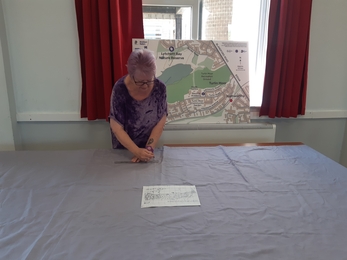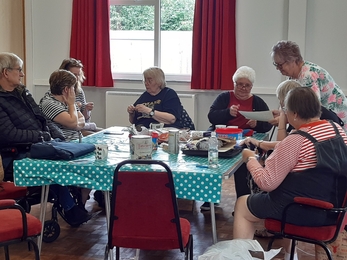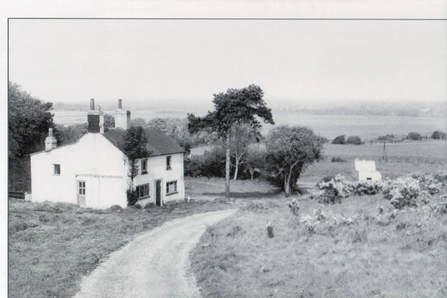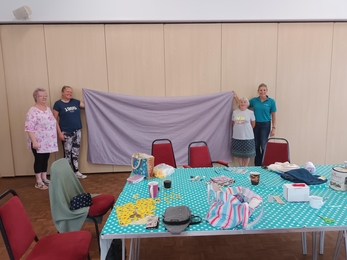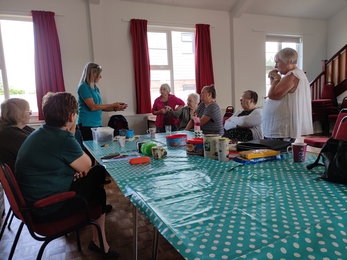Recently the State of Nature Report was published, and it turns out that nature is in a desperate state, and we are nose diving towards mass extinction.
There are of course some glimmers of hope. These require huge effort, both politically and financially, but more importantly a willingness from everyone to turn things around. Sometimes this seems a momentous task when confronted by the daily bombardment of poverty, homelessness, social and economic inequality, and a government seemingly entrenched in pursuing economic gain above environmental stability.
So how do we maintain and cultivate joy for the natural world in order to better protect and nurture it? A joy which is something innate in all of us. Nature has the power to inspire awe, elevating and grounding us and art is a medium to articulate and express it.


